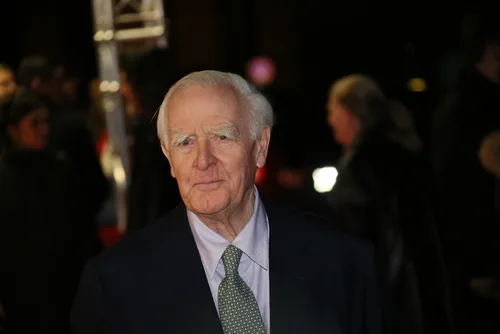The100: Partial data, corporate Ozempic and buzzer beating
We’re going on a trend hunt
The US Food & Wellness report 2024 is out. And, despite there being a lot of claimed behaviour in there (see rubber O-rings / partial data section below), it’s an interesting read. My highlights:
- I have minor concerns about people in general and their awareness of what is processed and what isn’t (slide 16).
- It appears YouTube is the most popular place to get information on wellness… Gulp (slide 37).
- 40% of Americans say they have a diagnosed chronic medical condition. Note to self: must set up a healthcare business in the US (slide 38).
What you can learn from rubber O-rings
Aside from sending people to the moon, NASA is also a goldmine for decision making case studies. The most recent of which is on the perils of partial data (and stakeholder pressure).
It reminded me of Abraham Wald and him factoring in survivorship bias when trying to reduce aircraft casualties during WW2. Another corker.
And if you’re looking for something to watch on TV, The Space Shuttle That Fell to Earth is very, very good.
A volume game
It’s always pleasing when someone puts into words what you’re thinking. Steve Walls on people who think AI is useless in advertising unless it can write a masterpiece:
“My answer to that is that the modern advertising industry isn’t in the business of writing great advertising – it’s in the business of producing lots and lots and lots of very average advertising, at speed and at increasingly low cost. So when I said “Only 1% of advertising is good, if you’re in that 1% your job is pretty much safe” I thought that what people would hear was that 99% of the work could, and perhaps should, be turned over to the machines.”
The scary thing is, the argument he makes could apply to much of research as well:
“The modern research industry isn’t in the business of doing great research – it’s in the business of producing lots and lots and lots of very average research, at speed and at increasingly low cost.”
The “I gave up gluten” of tech
Prof G has explained why he thinks AI is like corporate Ozempic and how he expects more CEOs to start admitting it. Let’s see.
“My thesis is that firms (notably tech companies) have also discovered a weight loss drug and are also being coy about it. Recent financial news features two stories: layoffs and record profits. These are related. There’s no mystery to the surface narrative. A company lays off 5%, 10%, or even 25% of its workforce and, 6 to 12 months later, after severance pay and expenses are flushed through the P/L, its operating margin hits new heights.”
“A windowless basement somewhere in Cannes”
Whilst exploring bringing back humour in advertising, Ben Kay made a side point about the judging process that I hadn’t considered before:
“These days you do most (or often all) of the judging alone on your laptop […] The communication effect of laughter becomes irrelevant, as there is no one nearby to join in. So you have to wonder if anyone else got the joke. Then you have to remember how funny you found that ad, and try to stand up for it on that awkward Zoom call. So ‘funny’ now has less power than it used to, and the mandatory two-minute case study is much better suited to something serious and purposeful.”
I’m sure this is relevant to so many aspects of marketing, research and development. And perhaps we have understated how much impact a lack of togetherness is having.
And finally…
I saw this quote from John Le Carre this week and loved it:
“The cat sat on the mat is not a story; the cat sat on the dog’s mat is the beginning of an exciting story.”
This fact in the FT kicks off a really interesting piece on how the popularity of Noodles is an economic red flag:
“If the entire (cooked) length of instant noodles sold around the world in a single year were laid out in a line, the resulting 6.2bn kilometre giga-noodle would stretch well beyond Pluto and into the depths of space.”
One of my wonderful colleagues, Mel, shared this proud mom moment in a stunning video of her 12yr old with an unbelieeeevable cross court buzzer beater. Mel said that he’s not the best basketball player, and they’re not the best team, so to have the confidence to take this shot is amazing. As they say, you miss 100% of the shots you don’t take. This has to put a smile on your face.


Comments
Comments are disabled for this post